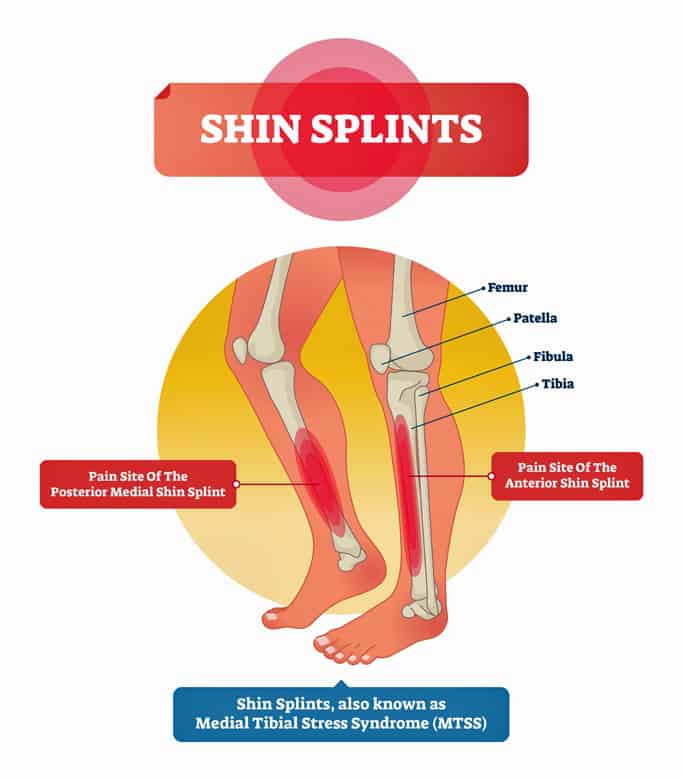Do shin splints go away?
Shin splints are a common condition that can affect athletes and fitness enthusiasts alike. They are characterized by pain and tenderness along the shinbone, and if left untreated, they can interfere with your daily activities and training routines. In this post, we will share some valuable tips to help you prevent and treat shin splints effectively.
Understanding Shin Splints
Shin splints, medically known as medial tibial stress syndrome (MTSS), occur when the muscles, tendons, and bone tissue along the shinbone become overloaded. This can happen due to various reasons, including:
- Inadequate warm-up or cool-down
- Running on hard surfaces
- Wearing worn-out or inappropriate footwear
- Overpronation (excessive inward rolling of the foot)
- Increasing the intensity or duration of physical activity too quickly
Tips to Prevent Shin Splints
Here are some practical tips that can help you prevent the onset of shin splints:


- Maintain a healthy weight: Excess body weight can put additional stress on your shins. By maintaining a healthy weight, you can reduce the strain on your lower extremities.
- Choose appropriate surfaces: Whenever possible, try to run or exercise on softer surfaces, such as tracks or grass, to minimize the impact on your shins.
- Stretch and strengthen: Regularly stretch your calf muscles and strengthen your lower leg muscles through exercises like heel raises and toe walks. This will help improve the overall stability of your lower legs.
Proper footwear is essential: Ensure that you wear well-fitted shoes that provide adequate arch support and cushioning. This will help reduce the impact on your shins.
Gradually increase your activity level: Avoid sudden increases in intensity or duration of your workouts. Instead, introduce changes gradually to allow your body to adapt.
Treating Shin Splints
If you are already experiencing shin splints, here are some remedies that can help alleviate the pain and promote healing:
- Rest: Take a break from the activity that caused the shin splints. Allow your body to rest and recover.
- Apply ice: Apply ice packs to the affected area for 15-20 minutes at a time, several times a day. This can help reduce inflammation and relieve pain.
- Compression and elevation: Wrap your shin with a compression bandage and elevate your leg to reduce swelling.
- Pain medication: Over-the-counter pain medications, such as ibuprofen or acetaminophen, can help manage the discomfort.
Remember, if your symptoms persist or worsen, it is important to consult a healthcare professional for a proper diagnosis and treatment plan.
By following these preventive measures and seeking appropriate treatment, you can effectively manage shin splints and get back to your active lifestyle. Take care of your shins, and happy exercising!